
Hasselblad with Planar 100mm, PXP125 @ISO 400 in eco film developer.
Oriental New Seagull G3 (blue box), Easy Lith FT Special 1+10 8 minutes, followed by Catechol new 1:45 minutes in order to achieve a little more colour.

Fomatone 132, Lithprint (Kontakt von einem Kallitypie Drucknegativ) mit speziell für Fomatone Papier abgestimmten Easy Lith FT.
Fomatone und Foma Retrobrom sind die einzigen Papiere aus aktueller Fertigung mit denen farbig gelithet werden kann. Auch das unter dem Oriental Label vertriebene Warmtone ist schon seit Jahren eine Fomatone Emulsion.
In den letzten Jahren traten beim Lithen von Fomatonepapieren Fehler auf. Die Ursache ist laut Foma eine andere Gelatinequalität ab der Chargen-Nr. 0777. Bei Entwicklungszeiten über 6 Minuten können sowohl größere kreisförmige Flecken (Snowball-Effekt), als auch an Marmoroberfächen erinnernde Strukturen auftauchen.
Für den SE5 Lith-Entwickler habe ich schon mehrfach auf die Möglichkeiten der Vermeidung dieser Fehler hingewiesen. Für den fertig abgestimmten Easy Lith besteht natürlich auch die Möglichkeit, durch Zugabe von Lith D und einen veränderten Workflow, dieses Übel zu verhindern. Für Anwender, die ausschließlich mit Fomatone oder Retrobrom Papieren lithen möchten, kann ich eine Variante des Easy A Konzentrates anbieten, bei welcher die beötigte Menge von Entwicklungsverzögerern schon enthalten ist.
Es mag auf den ersten Blick nicht einleuchtend erscheinen, einerseits kurze Entwicklungszeiten als Problemlösung vorzuschlagen, andererseits eine höhere Dosierung bremsender Substanzen zu verwenden. Zum Verständnis sei nochmals auf den Zusammenhang von hoher Lichtmenge für farbige Resultate und die daraus resultierende Notwendigkeit einer hohen Verdünnung des Entwicklers hingewiesen, um damit bei Zeiten zwischen 8 bis 12 Minuten sowohl farbige Lichter und tiefe Lithschatten zu erreichen. Bis vor einigen Jahren hat der Prozeß so funktioniert. Um die oben genannten Fehler zu vermeiden, sollte die Entwicklung mit den aktuellen Fomatone Chargen jedoch nach etwa 6 Minuten abgeschlossen sein. Sind also farbige Ergebnisse (wie früher) angestrebt, benötigt das Papier eine starke Überbelichtung. Der Entwickler darf aber nicht stark verdünnt werden um eine zu schnelle Entwicklung zu vermeiden. Bei der vorgeschlagenen Mischung von 50ml A + 50ml B auf ca. 900ml Wasser, müßte der Entwicklungsvorgang nach 2-3 Minuten abgebrochen werden, ein echter Litheffekt kann so nicht entstehen. Wenn derart fetten Entwicklern jodoch einen Verzögerer zugesetzt wird, landet man bei gegebener Lichtmenge (für hohe Farbigkeit) bei Entwicklungszeiten zwischen 5 und 6 Minuten. Wird mit einem zweiten Bad gearbeitet, sei es eine reine Alkalilösung, oder ein anderer Entwickler, entstehen keine Fehler, auch wenn die Gesamtentwicklungszeit dann bei 8 Minuten oder länger liegen kann.
Bei den speziell für Fomatone abgestimmten Konzentraten, kann die Arbeitslösung mit etwas weniger B angesetzt werden, wenn ein zweites Bad mit Alkalilösung erforderlich sein sollte. Beispielsweise kann dann mit 5 ml B das zweite Bad mit ca. 500 ml Wasser angesetzt werden.
ENGLISH
Fomatone and Foma Retrobrom are the only papers currently in production that can be used for colourful lith prints. Oriental Warmtone is also a Fomatone emulsion since some years.
In recent years, errors have occurred in the lithing of Foma papers. According to Foma, the cause is a different gelatine quality from batch no. 0777 onwards. With development times of more than 6 minutes, both larger circular spots (snowball effect) and structures reminiscent of marble surfaces can appear.
For the SE5 Lith developer I have already pointed out several times how to avoid these defects. For the ready-tuned Easy Lith there is of course also the possibility to prevent this evil by adding Lith D and a modified workflow. For users who want to lith exclusively with Fomatone or Retrobrom papers, I can offer a variant of the Easy A concentrate, which already contains the necessary amount of development retarders.
At first glance, it may not seem plausible to suggest short development times as a solution to the problem on the one hand and to use a higher dosage of retarding substances on the other. For the sake of understanding, Ie would like to point out the relationship between a high amount of light for coloured results and the resulting necessity of a high dilution of the developer in order to achieve both coloured highlights and deep lith shadows at times between 8 and 12 minutes. Until a few years ago, this is how the process worked. However, to avoid the faults mentioned above, development with the current batches of Fomatone should be completed after about 6 minutes. So if coloured results (as in the past) are desired, the paper needs a strong overexposure. However, the developer must not be heavily diluted to avoid too fast development. With the suggested mixture of 50ml A + 50ml B on approx. 900ml water, the development process would have to be interrupted after 2-3 minutes, a real lith effect cannot be created in this way. If, however, a retarder is added to such fat developers, you will end up with development times of between 5 and 6 minutes for a given amount of light (for high colourfulness). If a second bath is used, be it a pure alkaline solution or another developer, no defects occur, even if the total development time can then be 8 minutes or more.
With the concentrates specially adapted for Fomatone, the working solution can be prepared with slightly less B if a second bath with alkaline solution should be necessary. For example, 5 ml B can be used to prepare the second bath with approx. 500 ml water.

Lith & Meritol
A second developer after lith is usually used to increase the colourfulness. This works well with gycin and catechol combined with the addition of ammonium chloride. However, especially with true warmtone papers such as Forte and Fomatone, it is also possible to achieve a more subtle colouring instead of the very intense reddish or yellowish tone. When choosing the second developer, the superadditivity property of the respective developer substances must be taken into account. Even when stopped and rinsed after the lith developer, small amounts of hydroquinone are still present in the paper, which in combination with other substances (in the case of the necessary overexposure for lith) can lead to rapid blackening. With Meritol as a second developer, the superadditivity of the three developer substances with the hydroquinone of the lith developer does not play a decisive role for the rapidity of the developer. Nevertheless, rinsing should be done between the developers, because with the small amount of the second developer the sulphite content is too low to compensate the higher oxidation potential caused by the entrained hydroquinone. So even at high dilution, this combination is not easy to handle. It is important not to expose too long, but just enough to result in a development time of between 6 and 7 minutes in lith for the critical fomatone paper. A good indication for the onset of blackening, is the co-exposed negative border. As soon as the deep shadows in the image are also blackened, change to a tray of water. Here the mid-tones increase in density a little.
After rinsing twice, develop in Meritol until the highlights show the desired density. This developer should be diluted at least 1+200, even then it still works uncontrollably fast. Adding ammonium chloride lowers the pH value, which results in a slower development speed, but also in a higher colour saturation again.
Ein zweiter Entwickler nach Lith wird in der Regel eingesetzt, um die Farbigkeit zu erhöhen. Dies funktioniert gut mit Gycin und Catechol verbunden mit dem Zusatz von Ammoniumchlorid. Insbesondere bei echten Warmtonpapieren wie Forte und Fomatone, ist es aber auch möglich, statt des sehr intensiven rötlichen oder gelblichen Tons eine dezentere Farbigkeit zu erzielen. Bei der Wahl des zweiten Entwicklers ist die Eigenschaft der Superadditivität der jeweiligen Entwicklersubstanzen zu berücksichtigen. Auch wenn nach dem Lithentwickler gestoppt und abgespült wird, sind noch geringe Mengen Hydrochinon im Papier vorhanden, die im Zusammenwirken mit anderen Substanzen (bei der erforderlichen Überbelichtung für Lith) zu einer rapiden Schwärzung führen können. Bei Meritol als Zweitentwickler spielt die Superadditivität der drei Entwicklersubstanzen mit dem Hydrochinon des Lithentwicklers keine entscheidende Rolle für die Rapidität des Entwicklers. Dennoch sollte zwischen den Entwicklern gespült werden, denn bei der geringen Menge des zweiten Entwicklers ist der Sulfitgehalt zu gering, um das höhere Oxidationspotential durch das eingeschleppte Hydrochinon auszugleichen. Selbst bei hoher Verdünnung ist diese Kombination also nicht einfach zu handhaben. Wichtig ist, nicht übermäßig zu belichten, aber gerade so viel, dass bei dem kritischen Fomatonepapier eine Entwicklungszeit zwischen 6 und 7 Minuten im Lith resultiert. Ein guter Anhaltspunkt für das Einsetzen der Schwärzung, ist der mitbelichtete Negativrand. Sobald auch die tiefen Schatten im Bild geschwärzt sind, wird in eine Schale mit Wasser gewechselt. Hier legen die Mitteltöne noch an Dichte zu.
Nach zweimaliger Spülung wird in Meritol entwickelt bis die Lichter die gewünschte Deckung aufweisen. Dieser Entwickler sollte mindestens 1+200 verdünnt werden, selbst dann wirkt er noch unkontrollierbar schnell. Ein Zusatz von Ammoniumchlorid senkt den pH-Wert, was eine langsamere Entwicklungsgeschwindigkeit, aber auch wieder eine höhere Farbigkeit zur Folge hat.
Lith and Meritol for high-contrast negatives only.
Fomatone 131
Easy Lith FT Special 1+10 6 mins,
Meritol 1+200 (5ml + 5ml NH4Cl 20% to one litre water) 2:30 mins.

After this developer combination, the mid-tones also increase significantly in density when toned with selenium!
For a combined toning with selenium and iron blue toner, the print must be lighter overall.
MT1 Selenium for the shadows 1+6 1:30 minutes, followed by a watering of at least 20 minutes.
MT7 Iron blue toner 5+5+10+5+500 45 seconds, also the already selenated shadows become cyan.
Lead acetate 2.5% 30 seconds shifts the colour towards blue, the selenium toning in the shades becomes visible again.
Nach dieser Entwicklerkombination legen auch die Mitteltöne deutlich an Dichte zu, wenn mit Selen getont wird!
Für eine kombinierte Tonung mit Selen und Eisenblautoner muß der Print insgesamt heller sein.
MT1 Selen für die Schatten 1+6 1:30 Minuten, gefolgt von einer Wasserung von mindestens 20 Minuten.
MT7 Eisenblautoner 5+5+10+5+500 45 Sekunden, auch die schon selenierten Schatten werden blaugrün.
Bleiacetat 2,5% 30 Sekunden verschiebt die Farbe Richtung Blau, die Selentonung in den Schatten wird wieder erkennbar.
![Haamstede-Delta400]800-Poly](https://www.moersch-photochemie.de/wp-content/uploads/2023/02/Haamstede-Delta400800-Poly.jpg)
A second developer after lith is usually used to increase the colourfulness. This works well with gycin and catechol combined with the addition of ammonium chloride. However, especially with true warmtone papers such as Forte and Fomatone, it is also possible to achieve a more subtle colouring instead of the very intense reddish or yellowish tone. When choosing the second developer, the superadditivity property of the respective developer substances must be taken into account. Even when stopped and rinsed after the lith developer, small amounts of hydroquinone are still present in the paper, which in combination with other substances (in the case of the necessary overexposure for lith) can lead to rapid blackening. With Meritol as a second developer, the superadditivity of the three developer substances with the hydroquinone of the lith developer does not play a decisive role for the rapidity of the developer. Nevertheless, rinsing should be done between the developers, because with the small amount of the second developer the sulphite content is too low to compensate the higher oxidation potential caused by the entrained hydroquinone. So even at high dilution, this combination is not easy to handle. It is important not to expose too long, but just enough to result in a development time of between 6 and 7 minutes in lith for the critical fomatone paper. A good indication for the onset of blackening, is the co-exposed negative border. As soon as the deep shadows in the image are also blackened, change to a tray of water. Here the mid-tones increase in density a little.
After rinsing twice, develop in Meritol until the highlights show the desired density. This developer should be diluted at least 1+200, even then it still works uncontrollably fast. Adding ammonium chloride lowers the pH value, which results in a slower development speed, but also in a higher colour saturation again.
Ein zweiter Entwickler nach Lith wird in der Regel eingesetzt, um die Farbigkeit zu erhöhen. Dies funktioniert gut mit Gycin und Catechol verbunden mit dem Zusatz von Ammoniumchlorid. Insbesondere bei echten Warmtonpapieren wie Forte und Fomatone, ist es aber auch möglich, statt des sehr intensiven rötlichen oder gelblichen Tons eine dezentere Farbigkeit zu erzielen. Bei der Wahl des zweiten Entwicklers ist die Eigenschaft der Superadditivität der jeweiligen Entwicklersubstanzen zu berücksichtigen. Auch wenn nach dem Lithentwickler gestoppt und abgespült wird, sind noch geringe Mengen Hydrochinon im Papier vorhanden, die im Zusammenwirken mit anderen Substanzen (bei der erforderlichen Überbelichtung für Lith) zu einer rapiden Schwärzung führen können. Bei Meritol als Zweitentwickler spielt die Superadditivität der drei Entwicklersubstanzen mit dem Hydrochinon des Lithentwicklers keine entscheidende Rolle für die Rapidität des Entwicklers. Dennoch sollte zwischen den Entwicklern gespült werden, denn bei der geringen Menge des zweiten Entwicklers ist der Sulfitgehalt zu gering, um das höhere Oxidationspotential durch das eingeschleppte Hydrochinon auszugleichen. Selbst bei hoher Verdünnung ist diese Kombination also nicht einfach zu handhaben. Wichtig ist, nicht übermäßig zu belichten, aber gerade so viel, dass bei dem kritischen Fomatonepapier eine Entwicklungszeit zwischen 6 und 7 Minuten im Lith resultiert. Ein guter Anhaltspunkt für das Einsetzen der Schwärzung, ist der mitbelichtete Negativrand. Sobald auch die tiefen Schatten im Bild geschwärzt sind, wird in eine Schale mit Wasser gewechselt. Hier legen die Mitteltöne noch an Dichte zu.
Nach zweimaliger Spülung wird in Meritol entwickelt bis die Lichter die gewünschte Deckung aufweisen. Dieser Entwickler sollte mindestens 1+200 verdünnt werden, selbst dann wirkt er noch unkontrollierbar schnell. Ein Zusatz von Ammoniumchlorid senkt den pH-Wert, was eine langsamere Entwicklungsgeschwindigkeit, aber auch wieder eine höhere Farbigkeit zur Folge hat.
Lith and Meritol for high-contrast negatives only.
Fomatone 131
Easy Lith FT Special 1+10 6 mins,
Meritol 1+200 (5ml + 5ml NH4Cl 20% to one litre water) 2:30 mins.


Super Isolette, Acros in Tanol,
Select Sepia (PW14), Easy Lith FT Special 1+25 8 minutes and small cause, big effect, a second bath with 3 ml each of Catechol new, NH4Cl and Lith B to 500ml water for about one and a half minutes.

Fomatone 532.
Easy Lith FT Special 1+20 11 mins, followed by a 2nd bath 600ml water + 4ml NH4Cl (20%) + 4ml B 1:30 mins.

Agfa Record Rapid
Of course, the special Easy Lith Fomatone adjustment can also be used for all other lith-capable papers. However, the higher content of slowing potassium bromide leads to considerably longer exposure times for papers that require little or no restrainer.
One such paper is the Record Rapid. However, the longer exposure time does not result in a significantly more intense colour, as is the case with many other papers.
I helped a little here by taking a second bath with 10ml each of NH4Cl and Lith B in 1 litre of water.

An older batch of Fomabrom N 112, expired IV.2002.
Easy Lith FT Special 20+20+800ml 9 minutes.

Fomatone 132 (batch before Nov. 2022), Lithprint (Kontakt von einem Kallitypie Drucknegativ) mit speziell für Fomatone Papier abgestimmten Easy Lith FT, gefolgt von Polychromentwickler Siena (Glycin). Für farbige Bildtöne ist auch hierbei eine starke Überbelichtung erforderlich. Der Farbton wird bestimmt durch die Abstimmung des Zweitentwicklers.
Fomatone 132, Lithprint (contact from a Kallitype print negative) with Easy Lith FT specially adapted for Fomatone paper, followed by Polychrome Developer Siena (Glycine). For coloured image tones, a strong overexposure is also necessary here. The colour tone is determined by the adjustment of the second developer.

Zero pinhole, Kodak Tri-x in Tanol,
Kodak Ektalure in Easy Lith FT Special 30+30+1000ml 9 minutes.
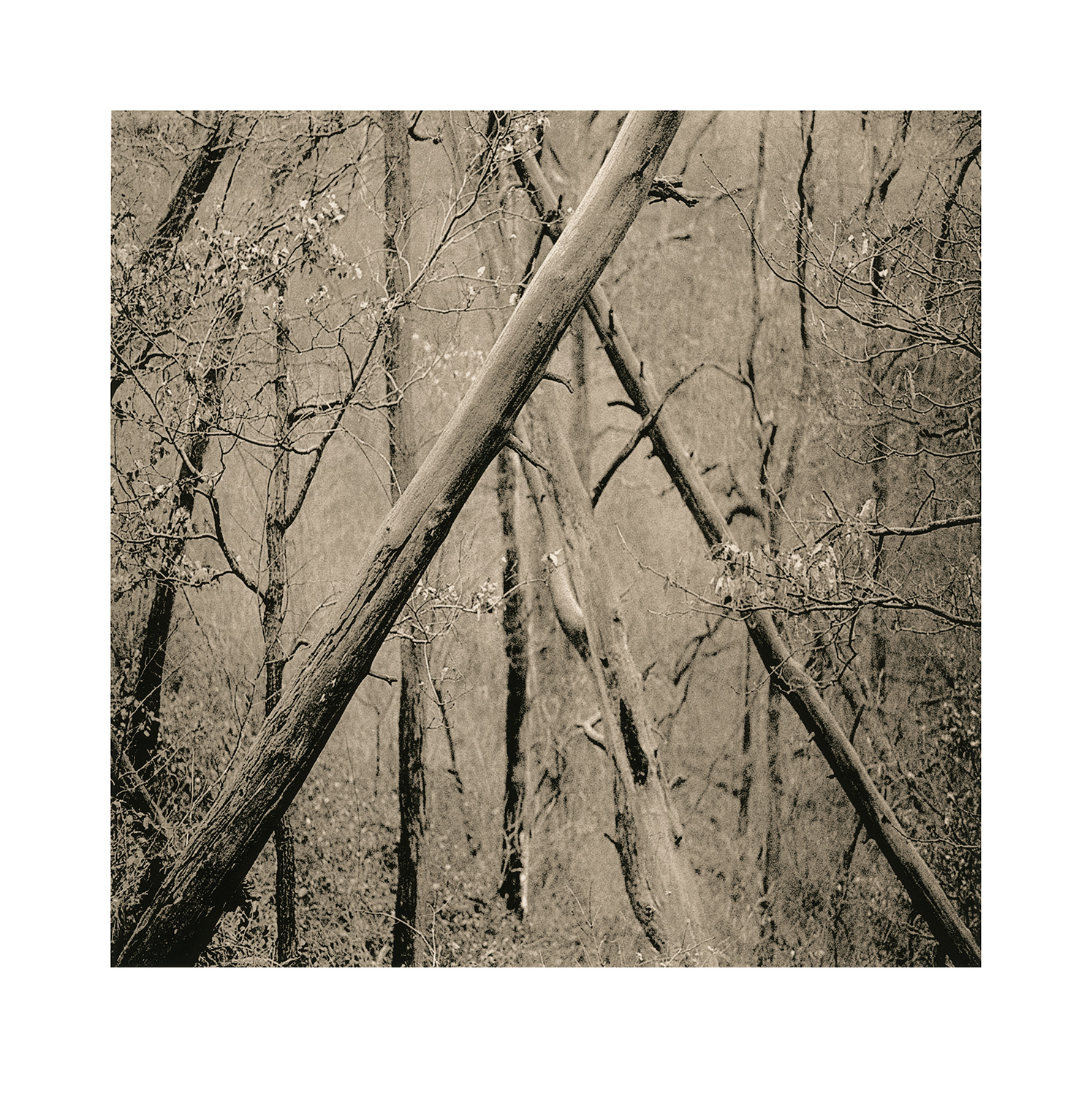
Agfa MCC, Easy Lith FT Special
Some of the old Agfa batches are lithable. It was one of the first papers I had tested for the process alongside the Sterling Lith (= Argenta) about 27 years ago.
Easy Lith FT Special 30+30+1000ml 9 minutes.

Delta 400 @ 640 in Finol,
Fomatone 132 (batch before Nov. 2022),
Easy Lith FT Special , 3 f-stops overexposure,
40+40+800ml 7 minutes.

Rolleiflex T, Delta 400 @640 in Finol,
For a somewhat lower reddish tone, a shorter exposure time and a longer development time (here 7 mins) are necessary. Then there is a lack of high-light tone values, but this can be remedied by post-treatment in Lith B 1+100 for about two minutes.

Super Isolette, Delta 400 @640 ASA, Finol,
Fomatone 132 (batch before Nov. 2022), exposed + 3 stops,
Easy Lith FT Special 50+50+1000ml 6 mins, followed by Siena (Glycin) + Potassium carbonate + Ammonium chloride + water 10+5+10+1000ml 1:30 mins.

Adox Lupex, contact print with daylight exposure,
Easy Lith FT Special 20+20+1000ml 7 minutes.

Holga 120N, Tri-x in eco film developer,
Select VC (PW14), Easy Lith Special 1+25 7 mins, followed by a 2nd bath 600ml water + 4ml NH4Cl (20%) + 4ml B 45 secs.
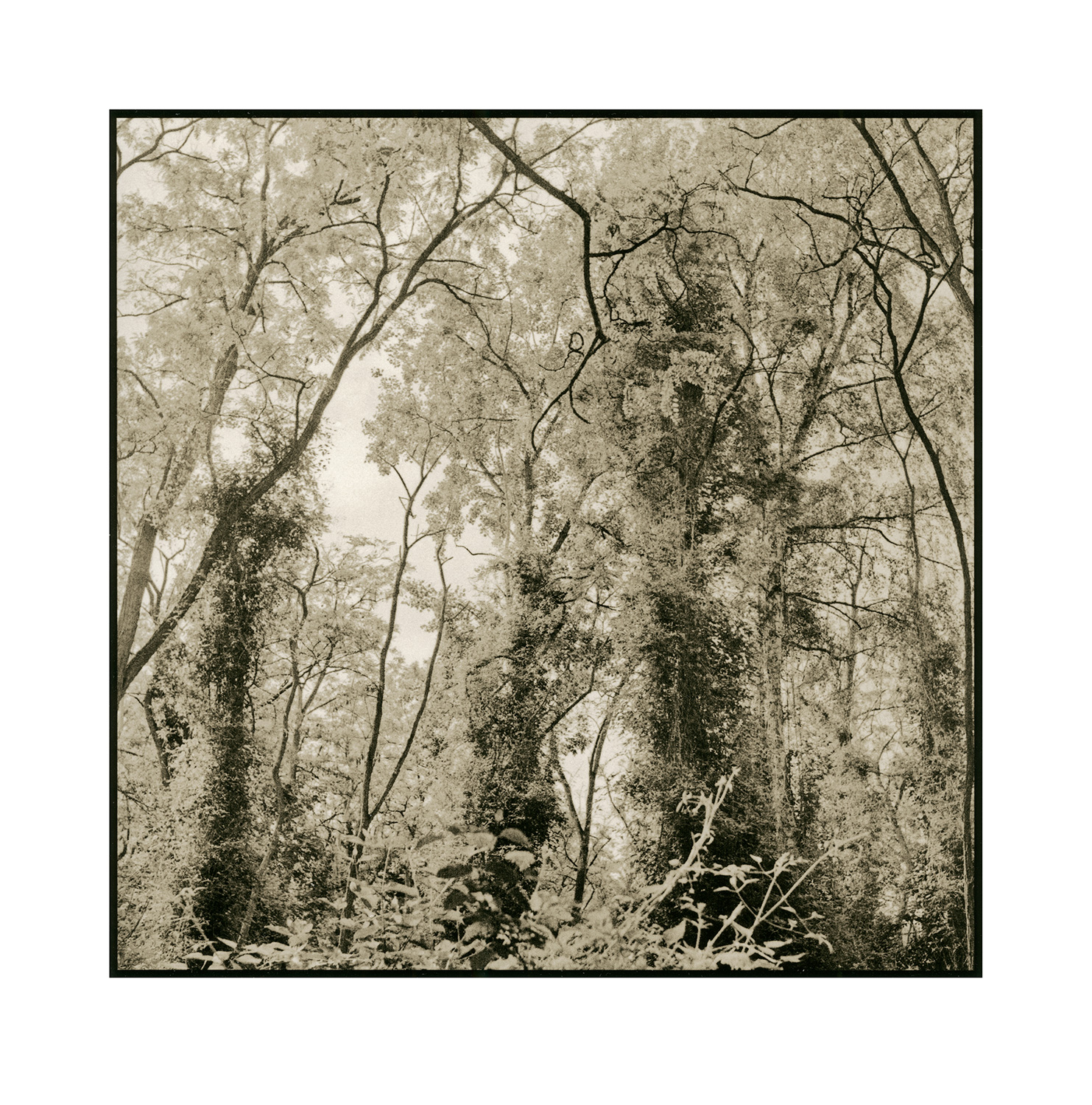
One of my favourite papers for many years.
Easy Lith FT Special 25+25+1000ml 9 minutes.
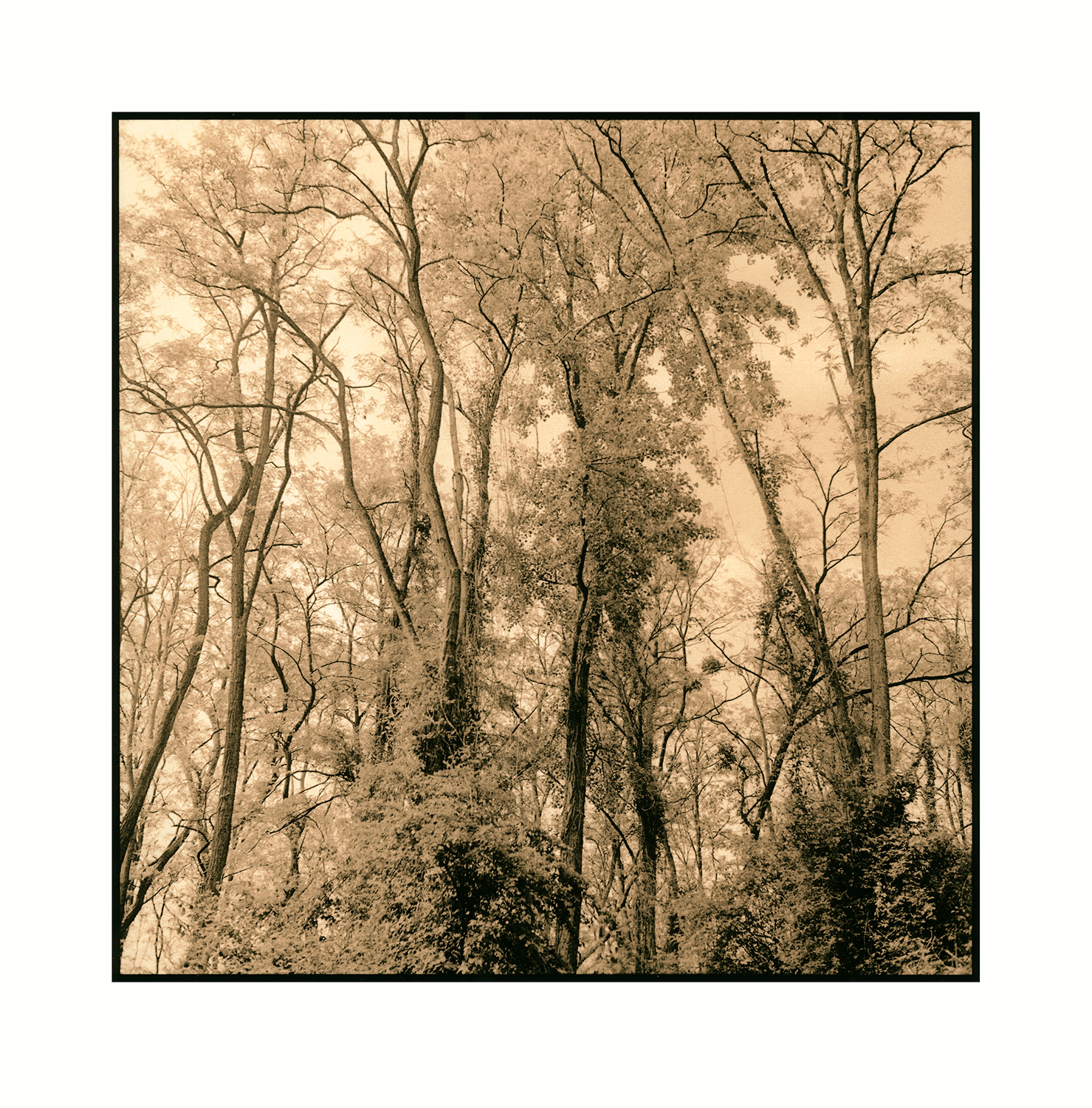
New Seagull Portrait
The very last sheet of the fantastic original Japanese Oriental New Seagull Portrait Warm Tone (blue box with orange sticker).
Easy Lith FT Special 20+20+1000ml 12 minutes.

Rolleiflex T, TMY in Pyro48,
Kentmere FP VC WT, two tray lith development.

Hasselblad, 80mm, Plus-x in eco film developer,
Fomatone 131 (batch before Nov. 2022). exposure +1,7 stops,
Easy Lith FT Special 1+10 4:40 mins, short rinse (30 secs),
followed by Siena developer 10+10+10+1000ml 3 mins.
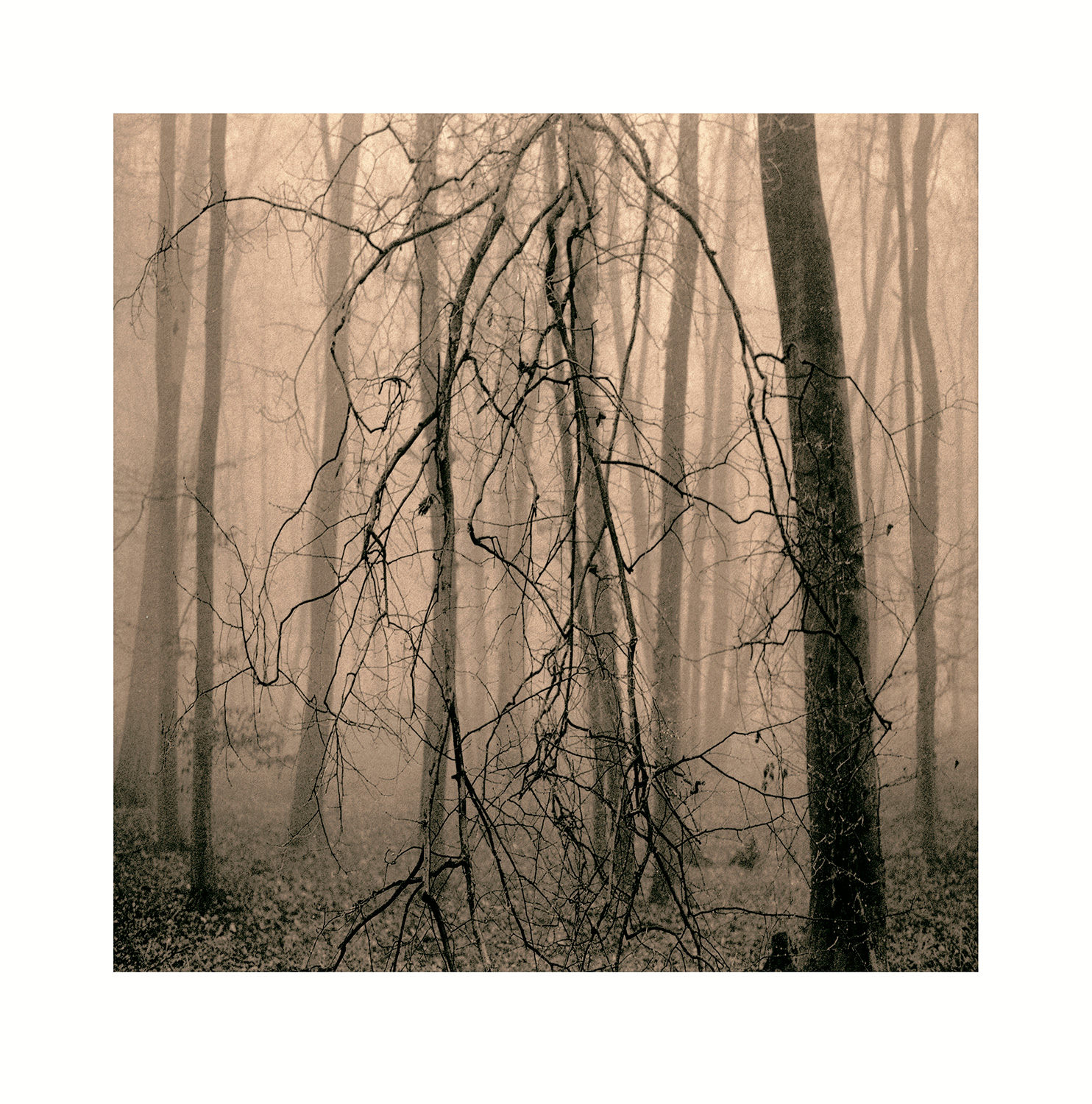
Guilleminot G3 at least 30 years old paper in EasyLith FT 50+50+900ml 8 minutes.

Holga 120N, Neopan 400 in Tanol, Fomatone 331, Easy Lith FT Special 30+30+900ml 5:30 mins.
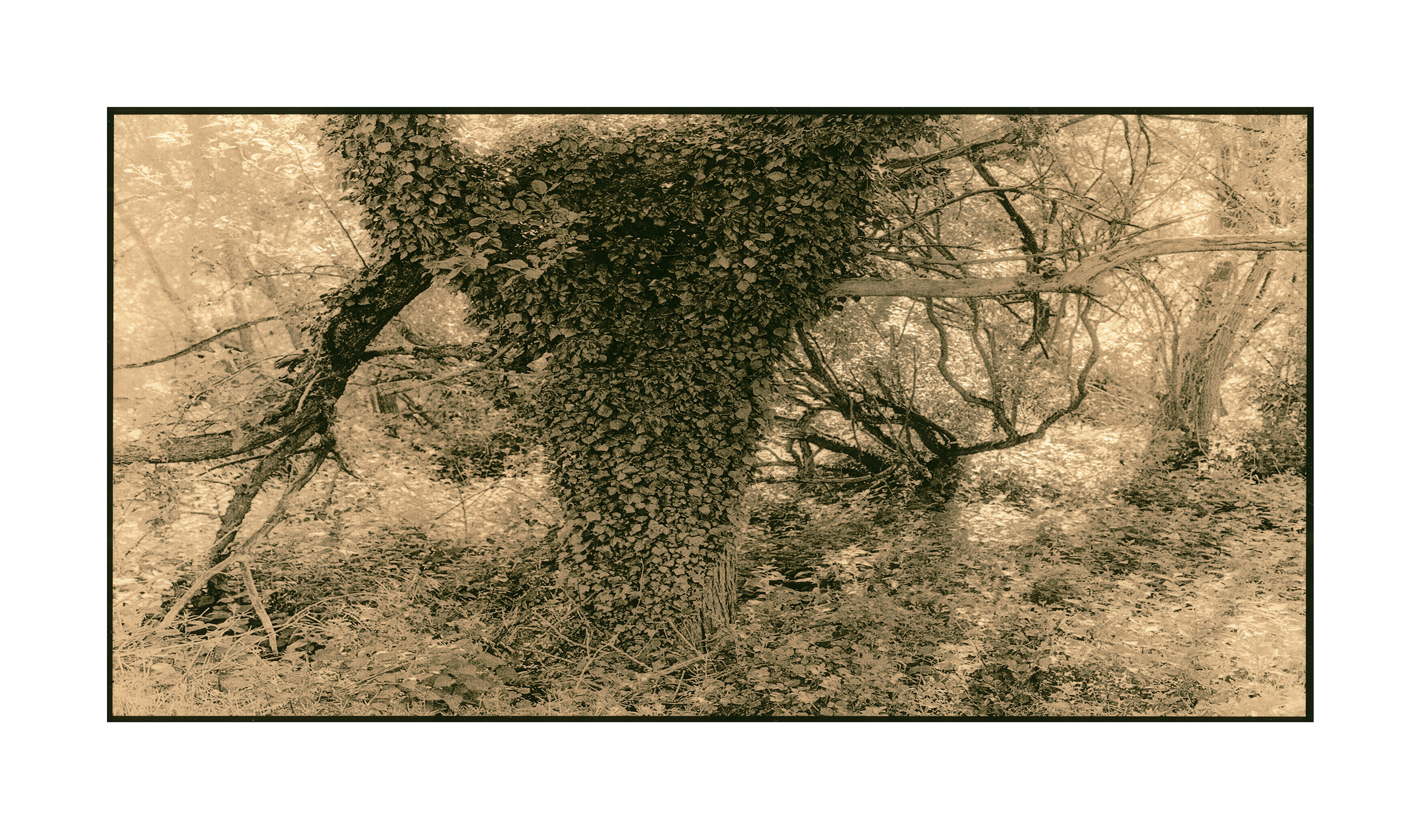
Select Ivory (PW17), Easy Lith FT Special 20+20+1000ml 13 minutes.

Holga 120N, Delta 400 in efd, old Fotospeed Lith Paper in Easy Lith FT Special 30+30+1100ml 8 minutes.

Agfa Record Rapid
Das Record Rapid ist eines der Papiere, die keinen, oder nur wenig Verzögerer im Lithentwickler benötigen. Easy Lith FT Special enthält jedoch eine größere Menge Kaliumbromid. Dennoch kann dieser Entwickler verwendet werden, das Papier benötigt dann jedoch eine erheblich längere Belichtungszeit. Unabhängig von der Entwicklerabstimmung liegt der Snatch-Point normalerweise bei etwa 10 Minuten. Auch bei einer längeren Belichtungszeit kommen dann die Lichter nicht wesentlich farbiger, es sei denn, es wird ein zweiter Entwickler für die Lichter eingesetzt. Nach der üblichen langen Entwicklungszeit im Lith, bringt der zweite Entwickler allerdings nur wenig Effekt, weil die Lichter schon ausentwickelt sind. Soll ein anderer Ton für die Lichter erzeugt werden, muß die Entwicklungszeit im Lith verkürzt werden, damit der zweite Entwickler noch ausreichend unentwickeltes Silbersalz vorfindet. Allerdings würde dann das, für dieses Papier übliche tiefe Schwarz fehlen. Deshalb braucht es eine kurze Behandlung mit einem Nachbrenner (mit B oder Omega) nach dem Lith. Sobald sich ein tiefes Schwarz in den Schatten zeigt, wird zweimal kurz gespült, bevor im Siena die noch fehlenden Lichter entwickelt werden. Das mag kompliziert klingen, doch erfahrene Lithprinter werden dies nachvollziehen können.
Record Rapid is one of the papers that require little or no restrainer in the lith developer. Easy Lith FT Special, however, contains a larger amount of potassium bromide. Nevertheless, this developer can be used, but the paper then needs a considerably longer exposure time. Regardless of the developer adjustment, the snatch point is usually around 10 minutes. Even with a longer exposure time, the highlights then do not come out much more coloured, unless a second developer is used for the highlights. After the usual long development time in the lith, however, the second developer brings little effect because the highlights are already developed out. If a different tone is to be produced for the highlights, the development time in the lith must be shortened so that the second developer still finds sufficient undeveloped silver salt. However, the deep black that is usual for this paper would then be missing. Therefore, it needs a short treatment with an afterburner (with B or Omega) after the lith. As soon as a deep black appears in the shadows, a short rinse is done twice before the still missing highlights are developed in the Siena developer. This may sound complicated, but experienced lith printers will be able to follow this.

Nach meinen Erfahrungen traten snowballs beim Retrobrom erst bei Zeiten über 10 Minuten im Entwickler auf. Mit der geänderten Easy Lith Abstimmung sollten fehlerfreie Ergebnisse auch bei längeren Zeiten möglich sein. Bei geringerer Überbelichtung und etwas stärkeren Verdünnung des Entwicklers, stellt sich der snatch point naturgemäß deutlich später ein. Dies hat den Vorteil, dass das Lith-Schwarz auf ein schmales Band beschränkt werden kann, wenn dies erwünscht ist. Die benachbarten Tonwerte, welche kurz vor der Schwärzung stehen, erscheinen dann bei diesem Papier grünlich.
In my experience, snowballs only occurred with the Retrobrom at times over 10 minutes in the developer. With the changed Easy Lith adjustment, fault-free results should also be possible with longer times. With less overexposure and a slightly higher dilution of the developer, the snatch point naturally occurs much later. This has the advantage that the lith black can be limited to a narrow band if this is desired. The neighbouring tonal values, which are close to blackening, then appear greenish with this paper.
Retrobrom 152, Easy Lith FT Special 35+35+950ml 13 minutes.

Zweibad-Lith Polychrom (SE15)
Mit diesem Zweibadverfahren kann der Grad der Farbigkeit sowohl erhöht, als auch reduziert werden. Bei identischem Ansatz des Lithentwicklers wird die Bildfarbe weitgehend bestimmt durch den Grad der Überbelichtung und durch das Mischungsverhältnis der drei Polychrom-Konzentrate.
Je länger belichtet wird, desto mehr verschiebt sich der Ton von Gelb zu Rot.
Fomatone 132
Easy Lith FT 50ml A + 45ml B + 900ml Wasser, Entwicklungszeit viereinhalb Minuten, gefolgt von Polychrom eine Minute.
Mischung Zweitentwickler:S iena (Glycin) 20ml + Ammoniumchlorid 10ml + Kaliumcarbonat 10ml + 1 Liter Wasser.
With this two-bath process, the degree of colour intensity can be increased as well as reduced. With an identical approach of the lith developer, the image colour is largely determined by the degree of overexposure and by the mixing ratio of the three polychrome concentrates.
The longer the exposure, the more the tone shifts from yellow to red.
Fomatone 132
Easy Lith FT 50ml A + 45ml B + 900ml water, development time four and a half minutes, followed by Polychrome one minute.
Mix second developer:
Siena (glycine) 20ml + ammonium chloride 10ml + potassium carbonate 10ml + 1 litre water.
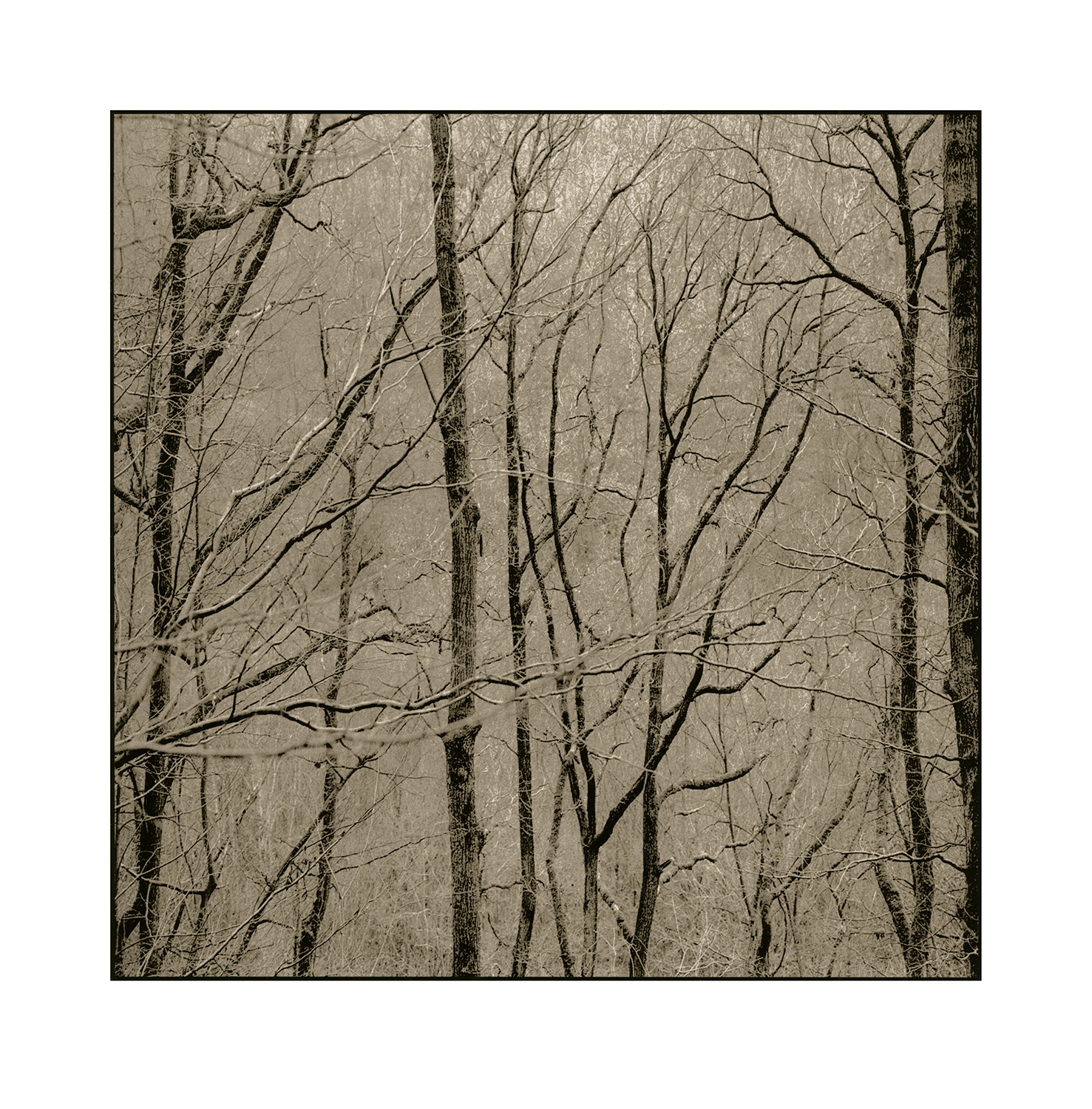
Old Japanese Oriental New Seagull, Easy Lith FT Special 1+14 10 mins.

Hasselblad 501CM Planar 80mm,
Kodak Plus-X in efd.
Polychrome print (Lith & Siena) on Kentmere Art Classic.
Easy Lith FT Special 1+30 7:30 minutes, followed by Siena developer (Glycin + Ammonium chloride + Potassium carbonate + water) 10+10+10+900ml 2 minutes.
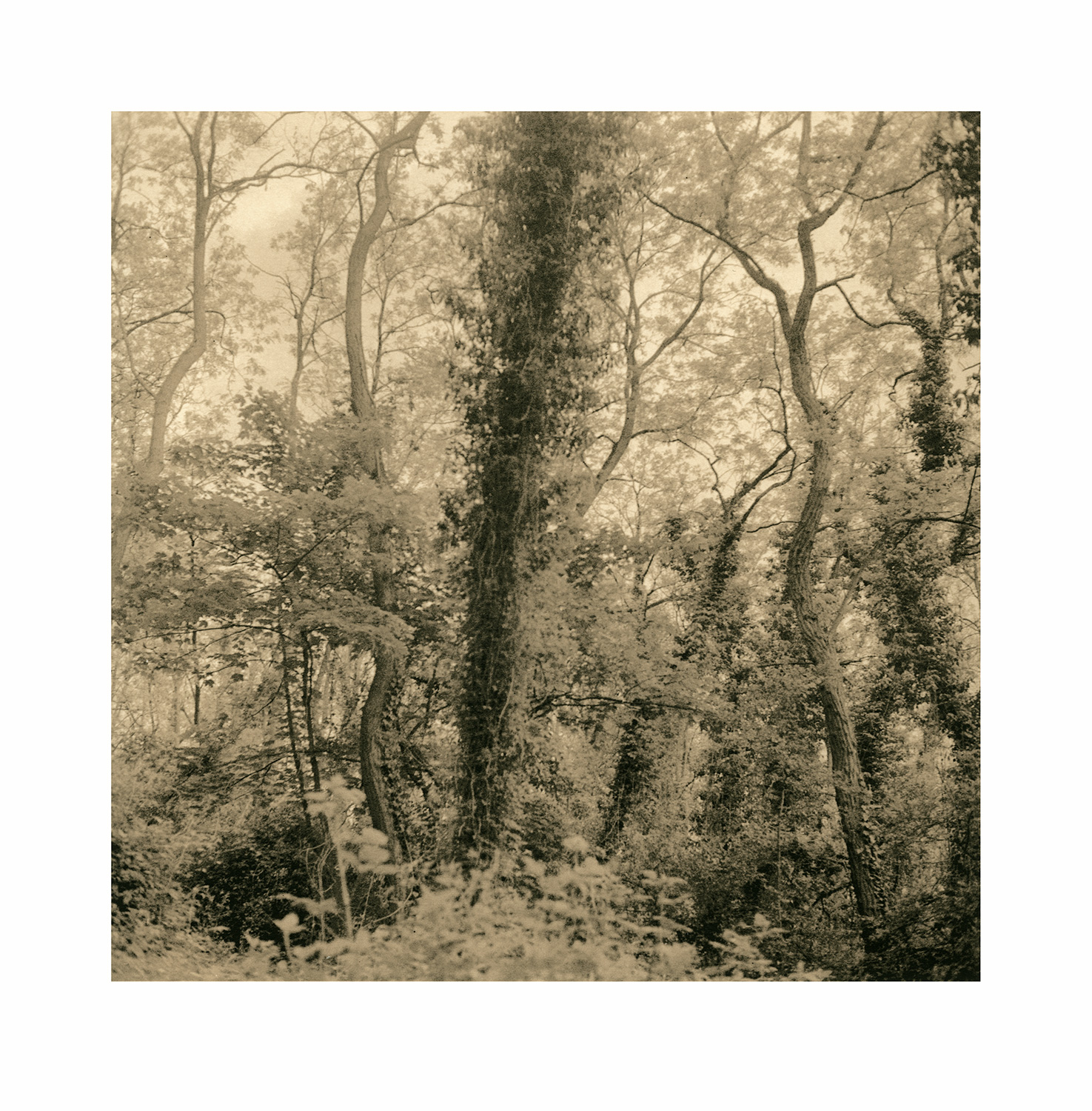
Polychrome print on Record Rapid.
Easy Lith FT Special 50+50+900ml 7:30 mins,
2nd bath SE15 Siena + Ammonium chloride + Potassium carbonate 20+10+10+900ml 1 min.
